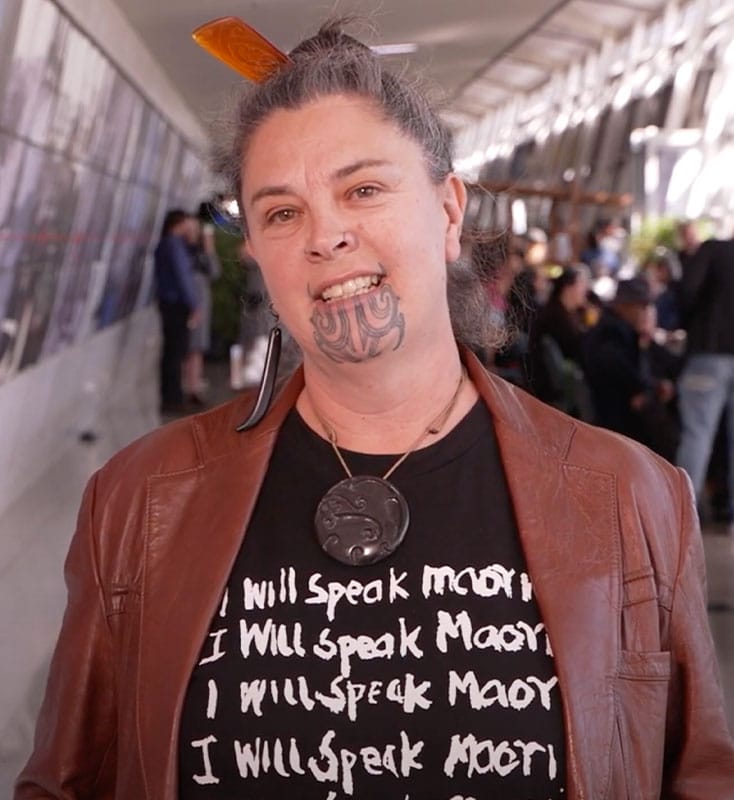Stokes, E.
Demography Land
Centre for Māori Studies and Research, University of Waikato, ,
1980
This occasional paper provides a history of Māori land in the Tauranga district.
It presents a study of the impact of urban growth on rural Māori communities, with a particular focus on the Tauranga Moana area in New Zealand. It first explores the ‘role of the marae’. It delves into the intricate relationships between marae, district, hapū (sub-tribe), and meeting houses, providing detailed lists and contextual information. A significant portion of the book is devoted to visual presentations, including various maps that illustrate the changes in city and Tauranga Borough boundaries, the urbanisation of Māori land, and specific areas like the Port of Tauranga. These visual aids are crucial in understanding the geographical and socio-political changes that have occurred over time. The author also investigates ‘urbanised Marae Communities,’ offering insights into how traditional Māori communities have adapted to urban settings. This includes an examination of the pressures of urban growth and the resultant planning challenges for rural Māori communities. Through a series of case studies of marae community zones – including Tamapahore, Waikari, Opureora, and Wairoa – the book provides a nuanced understanding of the varying impacts of urbanisation. Maps are a recurrent and vital feature, showing land tenure changes, marae community zones, and proposed developments. These maps offer a visual representation of the evolution and development of these areas over time. Specific areas such as Matapihi land tenure, the Bethlehem marae, and the Ngatikahu marae are also explored through detailed cartographic illustrations. The book also includes a submission to the Tauranga County Council District Scheme Review from March 1980, reflecting the proactive steps taken by Māori communities in engaging with local governance for land use and planning. In the latter sections, the author reviews options for rural Māori communities and discusses the broader implications for land use policy. Through detailed maps and case studies, the book offers a critical analysis of the intersection of urban development, traditional Māori land rights, and community planning.










